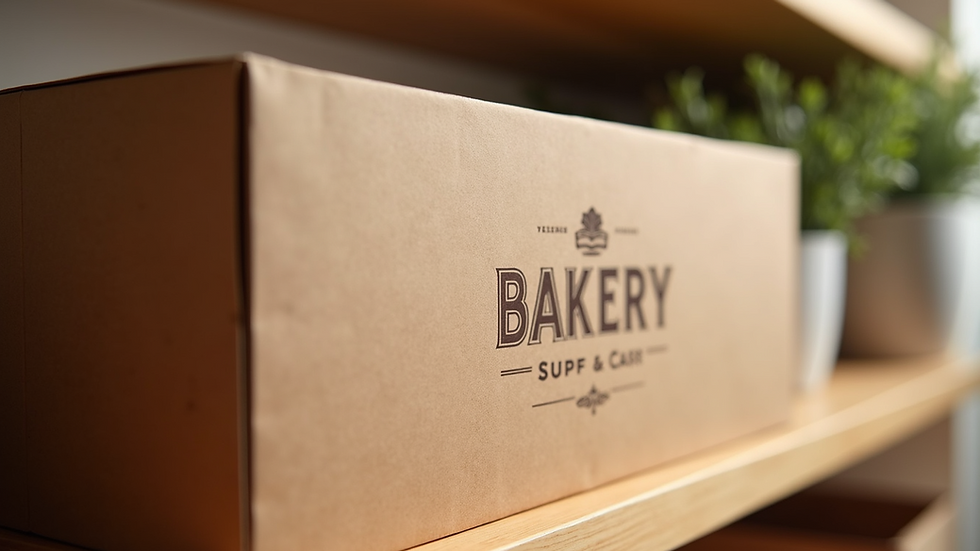Know what is Best while picking a Dinnerware set.
- Trishali Barnwal

- Jun 24, 2020
- 4 min read

Crockery speaks a lot about your food. It actually defines your food presentation. While selecting among the various styles of dinnerware and have your wits about it, it's necessary to know what's what: grasp what makes each distinctive, together with the pros and cons of each.
The 3 styles of dinnerware that buyers encounter most frequently embody porcelain, stoneware, and bone china. All 3 have different natures and built-up, yet all 3 look elegant enough to grab a Wow expression! And if the buyer is on saving mode, then it might be used for several years.
Before choosing the sort of crockeries and cutleries, that you can purchase for your restaurant use or domestic use, it's best to understand the variations so you can make a sophisticated decision. During this article we’ll discuss which one is best for you; stoneware or porcelain.
Overview of porcelain and stoneware
Before focusing solely on the differences of styles of dinnerware, it's necessary to grasp what they're and the way they're created.

Porcelain
Porcelain dinnerware is created from white clay that's refined known as kaolin clay. It's non-porous and usually translucent. Porcelain-dinner-set is typically lighter in weight and thinner and incorporates a delicate look.
The clay for porcelain is also fired at quite 2300 degrees Fahrenheit. Once fired, it's coated with a transparent glaze that helps the white color show additional prominently. Porcelain is typically not painted or otherwise marked by other colors because the main attraction is the white color.

Stoneware
Stoneware is less porous, conjointly more sturdy, and has a lighter color (but is more opaque than porcelain). It’s employed at a temperature between 2150 and 2330 degrees Fahrenheit.
It's pretty durable but not as refined and delicate as porcelain. It’s a decent family-style option however stoneware mind it’s not eternal.
Difference between Ceramic ware and Porcelain
• Firing ways
The main distinction between stoneware and porcelain is that stoneware dinnerware only has one firing at the same temperature. It also uses a different kind of clay.
• Color
Another main distinction between porcelain and stoneware is that stoneware will produce other colors than white, together with blue. they will even have different finishes, like shiny, satin or matte, as well as different styles.
• Warming and Baking variations
Bone china shouldn't be warm in a microwave or standard kitchen appliance. Food should be cooked or warm using proper equipment, then transferred to bone china. stoneware and porcelain are used to warm food or bake.
Common directions for each style of dinnerware
• No sudden temperature changes
Start the oven at a low temperature, like 225 degrees Fahrenheit for ten minutes, place the dinnerware within the oven, then slowly increase the temperature for up to 350 degrees.
• The use of wet cloths shouldn't be used on hot dishes.
• Both types, Ceramic and Porcelain dinnerware ought to be completely cooled before washing or wetting.
• Either Porcelain or Ceramic Dinnerware types shouldn't be placed on direct heat
• It can be used in the microwave, but be careful and follow the manufacturer’s directions as stated on the label stickers on the crockeries and cutleries.

How to make a choice from porcelain and stoneware
Consider how the dinnerware will be used. If it's meant for everyday use at meals or to warmness up leftovers, stoneware may be the most appropriate preference.
If the dinnerware is meant to be used for unique gatherings or on special occasions, consider porcelain for its style and sensitivity. Whereas different tableware isn't meant to be warmed and used for baking, stoneware and porcelain are used to cook or to bake food. However, it's recommended to let the hot-dish cool first before washing or rinsing.
Each sort shouldn't be kept under direct daylight or on the right warm areas. These conjointly allow you to use microwaving, depending on the manufacturer's guidelines.
The only distinction is porcelain tableware with metal rim can't be microwaved. Due to porcelain and stoneware being used in ovens and microwaves, they're taken into thought as versatile products.

What should be the pattern?
Once you have selected the type of tableware, whether it's porcelain or stoneware, it'll then be time to settle on a pattern. This will appear overwhelming as there are actually many patterns from that to settle on.
However, it's one thing that should be considered with real thought as this may be seen by you and your family daily for several years to return. It's worth a bit extra time to settle on something you may enjoy for years, but that may even be handed down through the generations.
Conclusion
Dinnerware- cutleries, and crockeries are numerous; everybody incorporates a specific theme in mind when searching for the proper tableware. However, it's also necessary to consider the categories of tableware available and the way they'll work in your home. Selecting beauty over ease of use works for several families, however, some consumers would rather have less delicate pieces that are durable and ready to be heated for leftovers.
Considering porcelain or stoneware, tableware is fun and exciting, particularly after learning about every type. Knowing the variations is a method to create a choice on the type which will work best for you. each has its own qualities, look, and feel, and any of the two would look nice in nearly every kitchen setting. The selection between the Two types can rely upon budget and individual style.




Comments